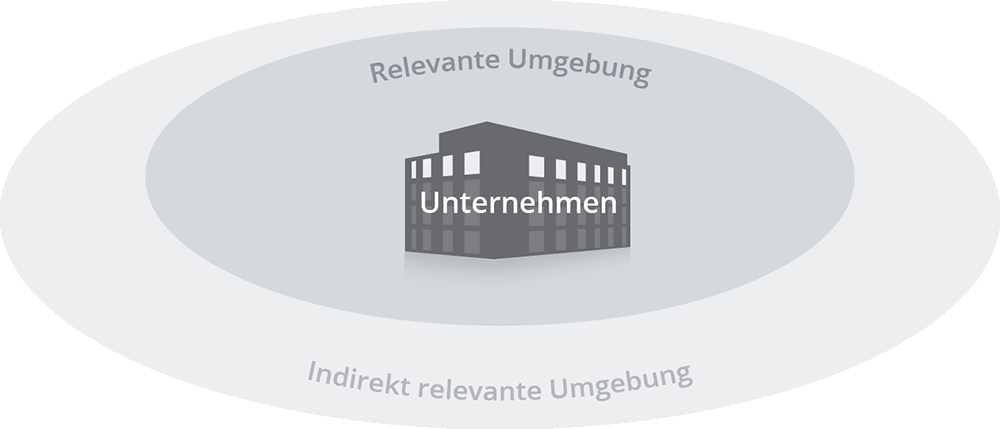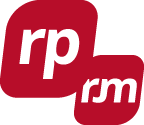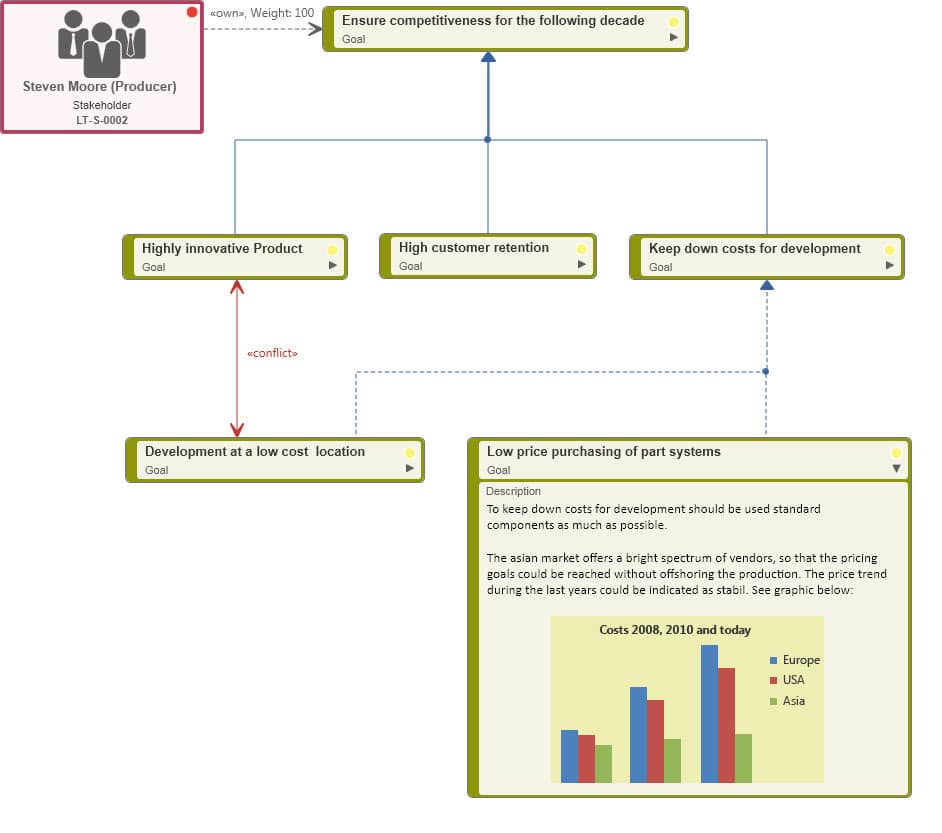Stakeholders. Central Figures with Legitimate Interests.
What are stakeholders, why are they important and how do you deal with them?
Are you a stakeholder? You may not think so. But have you ever bought a phone, used a stove, worn a pair of trousers or driven a car? Yes? Well then you have been a stakeholder because during the development process of those products, to varying degrees, your needs were taken into consideration.
And speaking of cars, over to the right you can see the VW T1, a.k.a. Bulli. Many different stakeholders need to be taken into account during the production of a car. Let’s take a look at some of them.
The VW Bulli, the quintessential family car. As with every family car each member of the family has their own ambitions with the vehicle. In this case the son really wants to transport his surfing equipment – he would like a roof rack.
The daughter also wants to surf, on the internet that is. She wants a comfortable place to lounge in, preferably with a collapsible tray.
Dad has two goals on his ideal holiday: lots of reading and enjoying the great outdoors. He would like a comfortable passenger seat and an unobstructed panoramic view.
Mom is the designated driver. She also wants a comfortable seat as well as an ergonomically designed armrest. A decent engine wouldn’t hurt either.
The Bulli was designed for long journeys. But sometimes things just go wrong – sooner or later the vehicle will need repairs out on the open road. Because VW mechanics are spread really thin across northern Lapland the family, as well as the engineers, would appreciate it if the car were easy to repair.
The manufacturer wants to produce the car cheaply while at the same time guaranteeing high quality.
One more person is also present in every Bulli’s backseat: the shareholder. She is interested in successful long-term product development at VW.

Definition of a stakeholder:
There are many people, groups, organizations and institutions that are directly or indirectly affected, or have some interest in these activities. All of these affected people and groups are identified as stakeholders.
Why Are Stakeholders So Important?
Stakeholders are very important in system development, project management and requirements analyses because stakeholders are the most important source of information when it comes to requirements. Overlooking stakeholders could lead to incomplete or erroneous requirements since they form the very foundation on which the system is developed. If enough attention is not given to stakeholder needs then incomplete, low-performing or unusable systems and products could result, many of which might not even work properly, if at all.
What Happens If You Ignore Stakeholders?
Your project will fail. Maybe you won’t notice it immediately because all the interested parties would initially appear to be working, completing tasks and fulfilling requirements. But eventually you and others will eventually arrive at the conclusion that your project has fallen short. If you don’t know what the goal is you won’t know how to get there. If you ignore stakeholders:
- You won’t know what needs to be developed in the first place,
- You won’t be able to see problems in the project,
- You will neglect those who have an interest in the success of the project,
- You might miss opportunities to improve, stabilize or even save projects,
- You might not be able to identify when the project is acutely at risk of failing.
Examples of Stakeholders
The task of stakeholder identification means determining the relevant stakeholders for a business, a project or a product. The following people could be stakeholders:
- Customers
- Suppliers and cooperation partners
- Employees
- Competitors
- Banks, shareholders and other investors (like owners or partners)
- Associations, unions or consumer associations
- Legislators or politicians
Not all Stakeholders Are Alike
People are different, stakeholders are different. A customer at a cinema counter is likely prepared to wait for two minutes in the queue to buy a ticket. A customer in the cinema’s online shop would never accept that and would probably just not buy the ticket. In the framework of stakeholder analysis, businesses have to recognize
- The relevant stakeholders and their expectations
- The potential influence of the relevant stakeholders
- The chances and risks associated with them.
There are many people, groups, organizations and institutions that are directly or indirectly concerned with the activities of a business or who have some other interest in these activities. All these people and groups are identified as stakeholders.
Stakeholders can be split into two groups: the first group comes from the direct environment with which the business interacts. They are customers, suppliers, employees, maybe also investors, banks, shareholders, cooperation partners and competitors. Even the press or consumer organizations can belong to this relevant environment.
The second group of stakeholders belongs to this indirectly relevant area. That means there are only occasional interactions between the business and these individual stakeholders. For businesses, this indirect revelent area is still important because it applies to paying attention to societal norms and customs, following rules and regulations, and recognizing technologies and discoveries in science and economics.
Every company, every project and every development needs to know who the stakeholders are!
Stakeholder vs. Shareholder
In addition to stakeholders, there are also shareholders. Businesses understand that both are fundamental to their trading. While the stakeholder approach pursues the goal of fulfilling the claims of all relevant interest groups as best as possible, the shareholder approach is geared toward economic interests and the expectations of the company shareholders. Here, prioritized goals are maximizing profit and turnover of the shareholders, for example, by increasing the share prices. The interests of other stakeholders are not explicitly shut out, but they can only be considered as long as a positive effect on the business success can be expected. Even though publicly-listed American businesses are named as typical examples of shareholder values, in practice, both approaches are normally pursued in parellel. This is due to the fact that businesses are neither in the position to concentrate exclusively on the interests of the shareholders, nor to fulfil the claims of all stakeholders.
Manage Stakeholders and Requirements with Our Tool
Learn more about requirements engineering with objectiF RPM or objectiF RM »
Stakeholders and Potential for Conflict
With goal diagrams you can visualize stakeholders with their goals. It’s possible that there will be conflicts between shareholder goals, e.g. if you want to develop a highly innovative product at a very low cost location.
But the conflict potential does not only exist between goals, it is also possible among stakeholders. Recognizing them is often very difficult. Measures need to be developed for dealing with people with a lot of influence and high conflict potential. These measures should improve the attitude towards the project and ideally reduce the conflict potential among interested parties.
Tips for Dealing with Stakeholders
Big, comprehensive projects tend to have many stakeholders – some have so many that it is not possible to speak to all of them and analyze the results with the available resources. In such cases it important to use a stakeholder analysis to identify interested parties for particular requirements – and to limit oneself to this list.
It is important that all the stakeholders and their relevant information are documented in detail. Dealing with them effectively means dealing with a continual flow of information. The goal is to turn people into participants. They should be integrated into a project and should not be left “outside”. Otherwise there could be lack of motivation on the part of stakeholders – or even hidden (or open) resistance.
Stakeholder management is often equated with caring for project participants. Sometimes the stakeholder management team needs to present information – an approach that gives attention to a particular role or function. We see stakeholder management as a comprehensive approach in dealing with stakeholders – from the identification all the way to the analysis and the communication. You can define these terms for yourself, as long as you know who the most important stakeholders are and what their goals are. You should base your solutions, products and projects on them and be aware of what they want to know – and communicate that to them.
A final tip: Question your own knowledge regularly. People change their opinions and interest levels may rise or fall. The sooner you identify these changes, the more the possible damage can be contained and the more successful your project will be.
So you don’t know who your stakeholders are?
That’s not good. But don’t worry: you can change that. Try the following: ask lots of questions that begin with “who”. For example: “Who is financing the project? Who could oppose it? Who is working on the project?” Once you start you will begin to think of many questions like these. Then what? Then try using a tool to help you to gather the information and share it with others.




